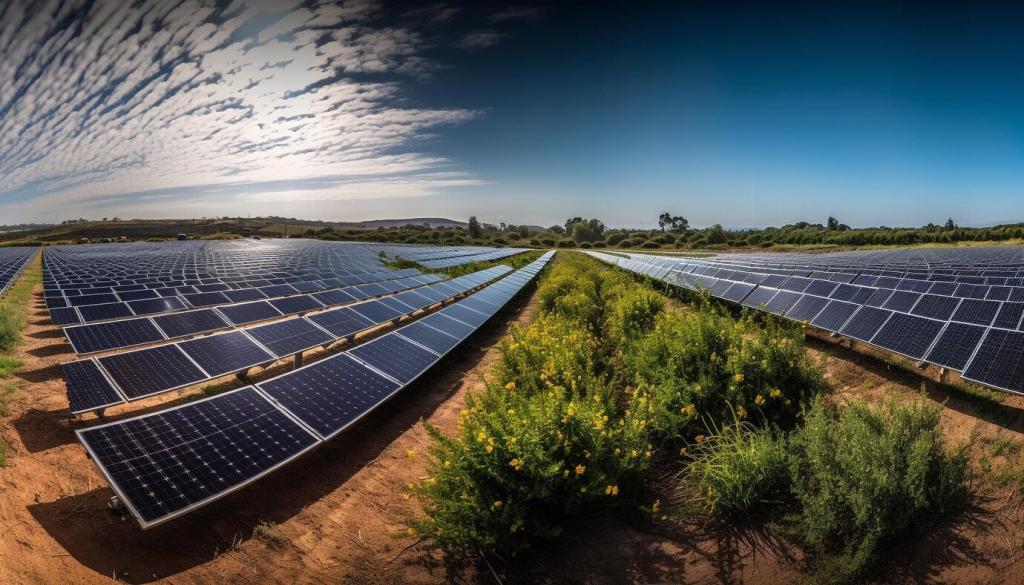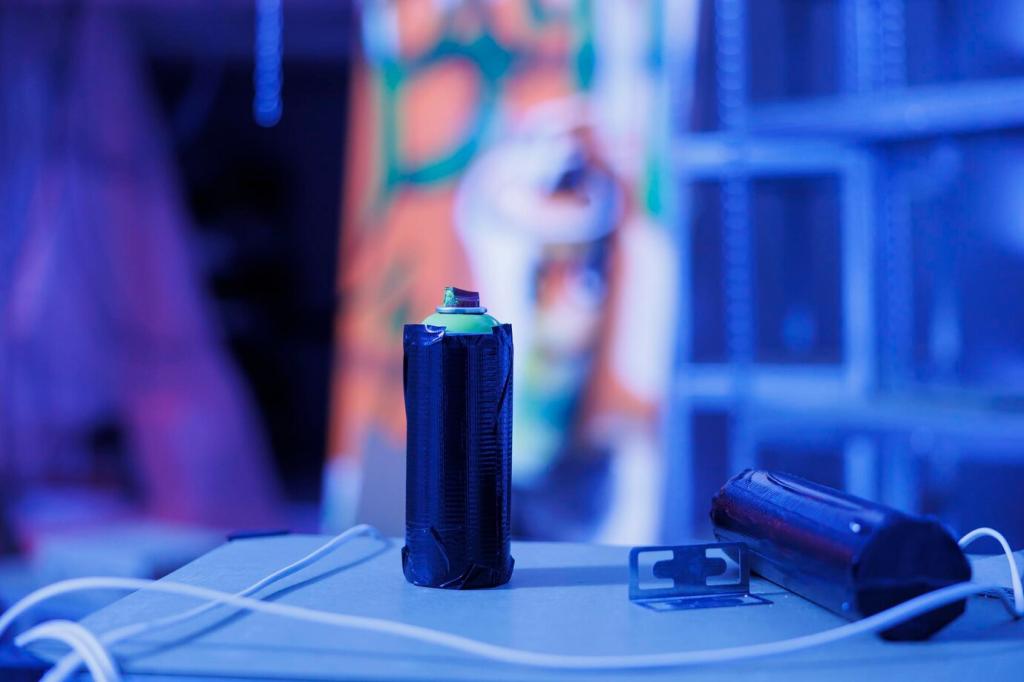Next-Generation Battery Materials: Powering What Comes Next
Welcome to a fresh, optimistic dive into breakthroughs shaping tomorrow’s energy. Chosen theme: Next-Generation Battery Materials. From safer solid-state designs to cobalt-free cathodes and smarter electrolytes, we explore how materials science is rewriting the rules of mobility, devices, and the grid. Join the conversation, share your questions, and subscribe to follow our lab-tested stories, field notes, and practical insights.



Why Next-Generation Battery Materials Matter Now
Higher energy density is not an abstract metric; it’s a lighter e-bike on your commute and a phone that sails through a weekend trip. Materials unlock this leap, packing more ions into safer architectures while trimming weight and cost. What improvements would most change your day?
Why Next-Generation Battery Materials Matter Now
Nonflammable electrolytes, temperature-tolerant binders, and interfaces that resist dendrites are redefining safety. Instead of relying on software limits, next-generation materials aim to eliminate hazards at the molecular level. Tell us where you think safer chemistries should appear first: homes, vehicles, or portable gear.
Solid-State Electrolytes: Crossing the Interface
Oxide routes like LLZO
Garnet oxides such as LLZO offer wide electrochemical windows and good stability against high-voltage cathodes. Yet tight contact is tricky; rigid ceramics demand clever interface engineering and pressure strategies. In one lab story, a perfectly sintered pellet still failed until a compliant interlayer finally stitched contact with elegance.
Sulfide electrolytes that shape-shift
Sulfides like LGPS and argyrodites deform under pressure, filling voids and lowering resistance. Their Achilles’ heel is moisture sensitivity, releasing H2S. Developers now handle them in dry rooms and add protective coatings. Have you tried assembling sulfide cells? Share your glovebox lessons and favorite sealing tricks.
Polymer and hybrid pathways
PEO-based polymers blend flexibility and manufacturing ease, while ceramic-filled hybrids trade some ionic mobility for stability. Heat-assisted operation and interface modifiers are common. Readers tell us thin hybrid films reduced cell swelling dramatically. Want a tutorial on casting uniform films? Comment and we will publish a step-by-step guide.
Anodes Reimagined: Silicon, Lithium Metal, and Hard Carbon
Silicon, tamed with smart composites
Silicon swells, but gradient composites, elastic binders, and prelithiation mitigate pulverization. One startup engineer told us a simple tweak—adding a softer binder near the copper—stabilized the first-cycle loss and doubled cycle life. Curious which binder systems pair best with your slurry? Ask, and we will compare recipes.
Anode-free lithium dreams
Anode-free cells plate lithium directly onto copper, pushing energy density higher. The catch is achieving uniform nucleation and high Coulombic efficiency. Seed layers, 3D current collectors, and electrolyte additives are promising. Would you trust an anode-free pack in a drone? Tell us where this tech should debut first.
Hard carbon for sodium-ion
Hard carbon stores sodium through a sloping region and low-voltage plateau shaped by microstructure. Biomass-derived carbons offer sustainability and cost advantages. A field trial in coastal lighting kept lamps running through damp nights, proving sodium-ion’s resilience. Subscribe for our upcoming teardown of a commercial sodium pack.
Cathode Frontiers: Cobalt-Free and High-Voltage Options
High-nickel cathodes promise energy density but face surface reconstruction and microcracking. Coatings, dopants, and electrolyte tuning help curb oxygen release. In an abuse test, a coated NMC cell ran cooler during fast charge. Want our coating checklist and favorite precursors? Comment, and we will share a practical guide.
Electrolytes: The Quiet Architects of Stability
Localized high-concentration strategies
Localized high-concentration electrolytes reduce solvent activity while keeping viscosity manageable using inert diluents. They promote LiF-rich interphases and suppress side reactions at high voltages. We tested LiFSI blends that cut gas generation measurably. Should we publish raw gas data and methods? Drop a comment if yes.
Fluorinated solvents and classic additives
FEC, VC, and fluorinated carbonates build robust SEI on silicon and hard carbon. Pairing them with LiFSI or LiTFSI can improve high-temperature stability. A reader swapped in a tiny additive share and doubled cycle life. Want a printable additive decision tree? Say the word, and we will craft one.
Ionic liquids and fire-retardant blends
Ionic liquids resist ignition and widen thermal windows, though viscosity challenges wetting. Fire-retardant co-solvents offer a middle path for safer packs. In a thermal ramp test, cells with phosphates delayed runaway onset. Where should safety-first electrolytes scale first—home storage or scooters? Tell us your vote.

Dry electrode magic and its trade-offs
Solvent-free coating slashes energy use and speeds lines, but controlling binder fibrillation and uniformity is nontrivial. Pilot runs showed great adhesion yet tricky edge quality. Are you experimenting with dry cathodes? Share your calendering pressures and we will compile a community playbook with practical settings.
Water-based binders and PFAS-free futures
SBR/CMC systems for anodes and emerging aqueous cathode binders reduce toxicity and cost. The challenge is metal corrosion and slurry stability. One team used phosphate buffers to protect aluminum. Interested in formulations that pass humidity aging? Subscribe for our binder stability series starting this month.
Traceability, data, and battery passports
Digital passports track materials, emissions, and repairs across a pack’s lifetime. They nudge responsible sourcing and simplify recycling. We prototyped a QR-linked ledger for a campus microgrid. Want the schema and API notes? Comment, and we will open-source a template for small pilots.
Circularity and Field Notes: From Recycling to Second Life
Direct relithiation preserves crystal structure, saving energy compared to breaking chemistries down completely. We toured a pilot line where black mass became a refreshed cathode in hours. What step should we unpack next—sorting, impurity control, or quality testing? Your votes guide our deep-dive schedule.
Retired LFP bus modules powered a coastal clinic’s refrigerators during outages, thanks to careful screening and a conservative BMS. Real-world stories like this prove materials longevity matters. Have a community project to showcase? Share details, and we might feature it with schematics and cost breakdowns.
What subtopic of next-generation battery materials should we explore next—solid-state interlayers, sodium-manganese cathodes, or PFAS-free separators? Comment with your pick, subscribe for updates, and join our monthly town hall to influence experiments we publish here first.

